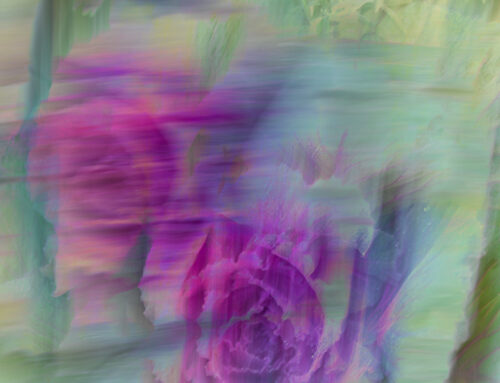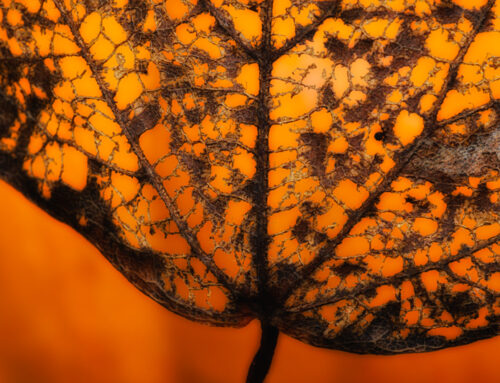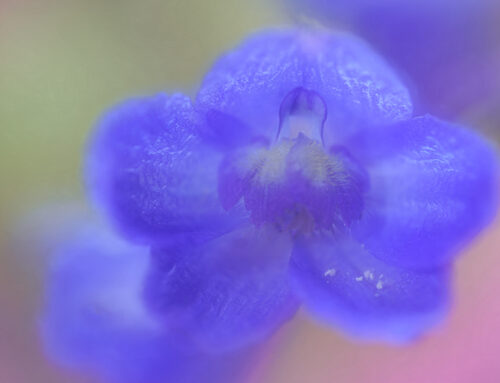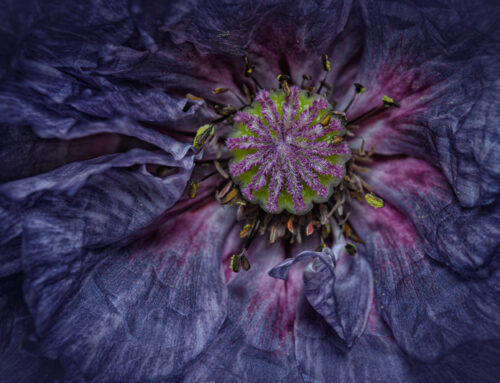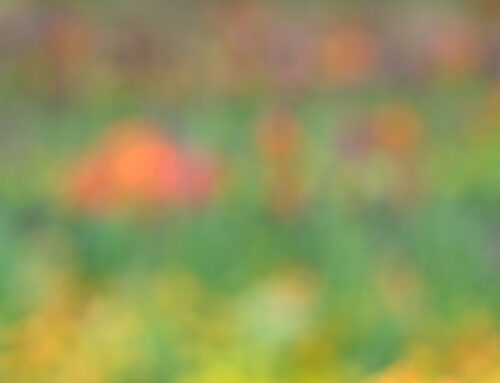
Rose Curl – Selective focus on edge of petal
What does interpretive nature photography mean? Nature is nature ; art is art, and never the two shall meet, right? For some, perhaps this is true. But only for those who have never walked in the woods, sat in a flower garden or watched the sun meet the day or settle in for the night. Or for those who have never stopped long enough to explore a dandelion or to watch a butterfly break free of its chrysalis.
Nature IS art, in its finest and purest form. Capturing this essence is what nature photographers live for. It is what makes us unable to imagine doing anything else. It is what brings me peace, healing and joy. It is what pushes me as an individual to be present in the moment and to slow down long enough to see and feel and connect.
So, how do we do this and what do the results look like? Most of begin our photographic journey with our eyes, hands and mind— seeing something, grabbing the camera and figuring out how to set the camera correctly. This is natural, as we need to see our subjects and to learn how to use our equipment to capture the moment. The sticky piece in this equation is “correctly.” True, technical knowledge is necessary. What is missing, and what moves our work express the “art in nature” is vision and heart. When we see and connect at the heart level, our work begins to shine; and what we share with the world resonates at a deeper level than a pretty picture.
When “in the zone” (not rushed or in a hurry), this process of connecting works very well. I have found that an abundance of time is not required. Rather, a mind open to possibilities and focused on seeing and being present is what elevates our work. The rose petal curve is an example. With hundreds to choose from, this one rose stood out. By stopping, slowing down and seeing, the gentle curve of the petal’s edge was what drew my attention most.
On a visit to a garden in late summer, most of the flowers were past prime and the light was harsh. Diffused light was on the ferns. While the patterns and texture are attractive, using an in-camera multiple exposure with slight spin created a more playful image.
Another visit to the same garden revealed the seasonal transition and petal-free poppies. These two pods were intriguing both in their design revealed and in their relationship to each other. A Lensbaby soft focus optic was just the right tool to create the diffuse background and draw attention to the essence of the poppy that is often dismissed or overlooked.
One morning I dipped into my stash of milkweed seeds and pods. The ever-so-slight breeze made it challenging to contain these wisps with seeds. I used my camera to capture the wind’s presence. With the creative tools of the digital darkroom, I was able to transform an imperfect image into one that spoke to the lightness and flow of my milkweed dance.
It does not take hours to create images that speak to your vision. More than anything, it takes a blend of technique, craft and vision. It takes a willingness to be present, open and free of the voices that tell you what not to do. It takes the decision to wonder “what if…,” and then forge your own path that reflects your connection with the subject.




